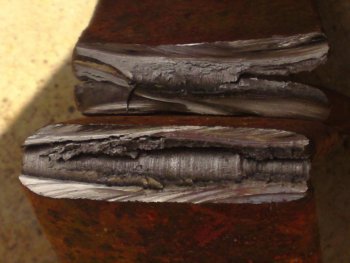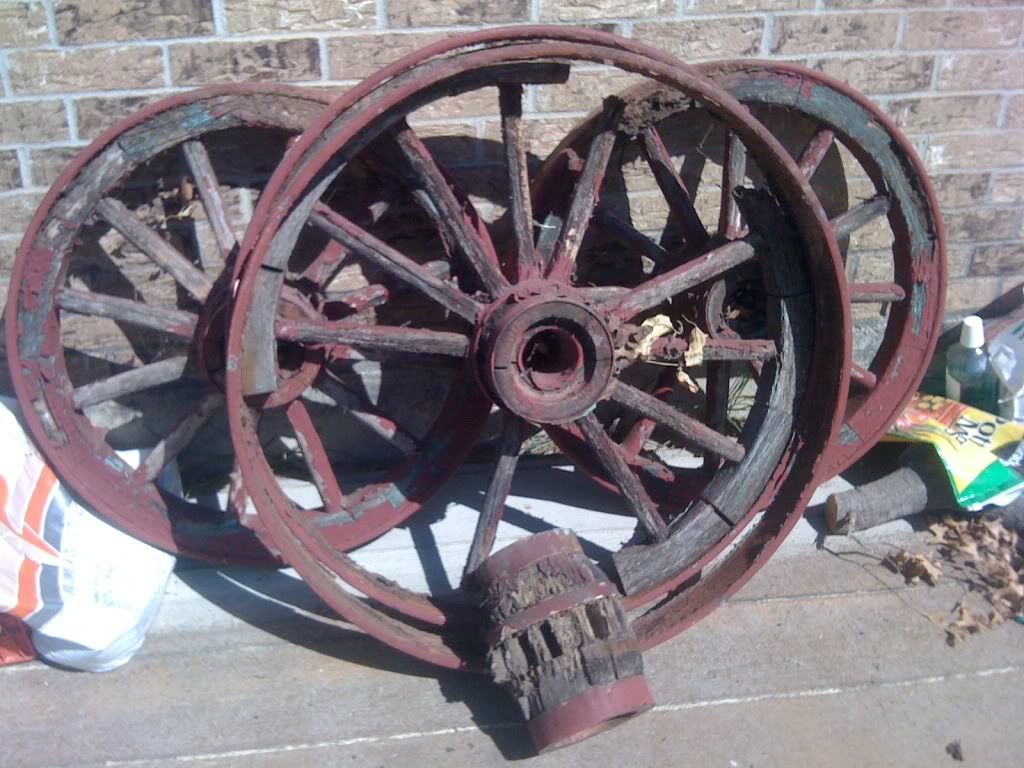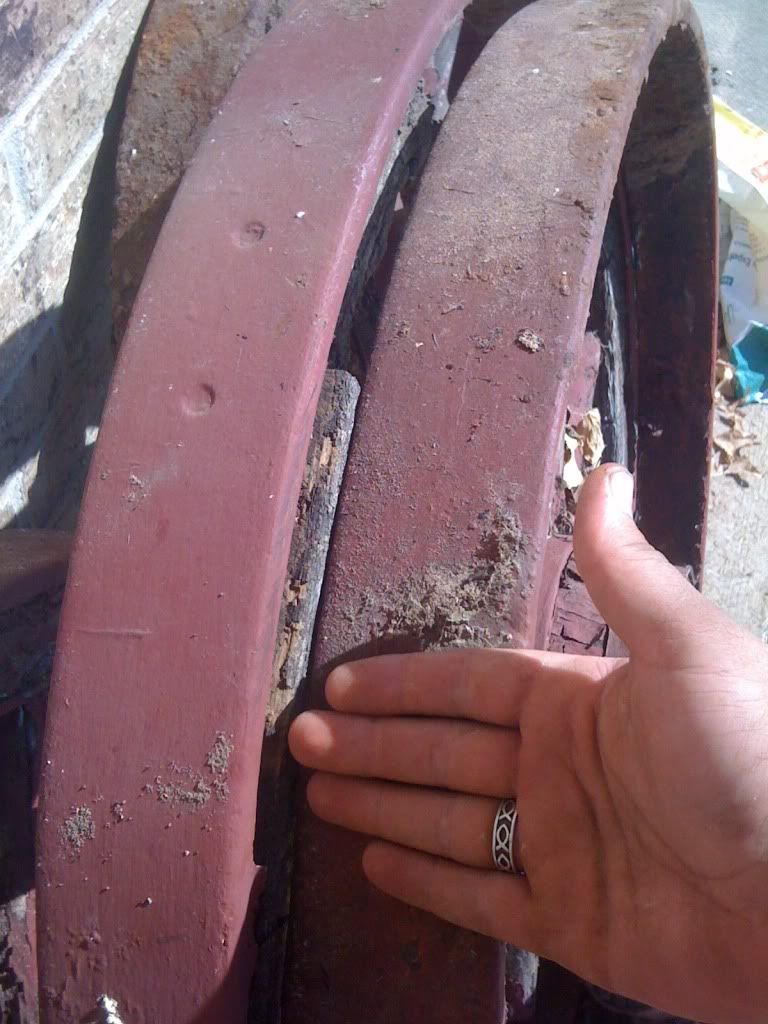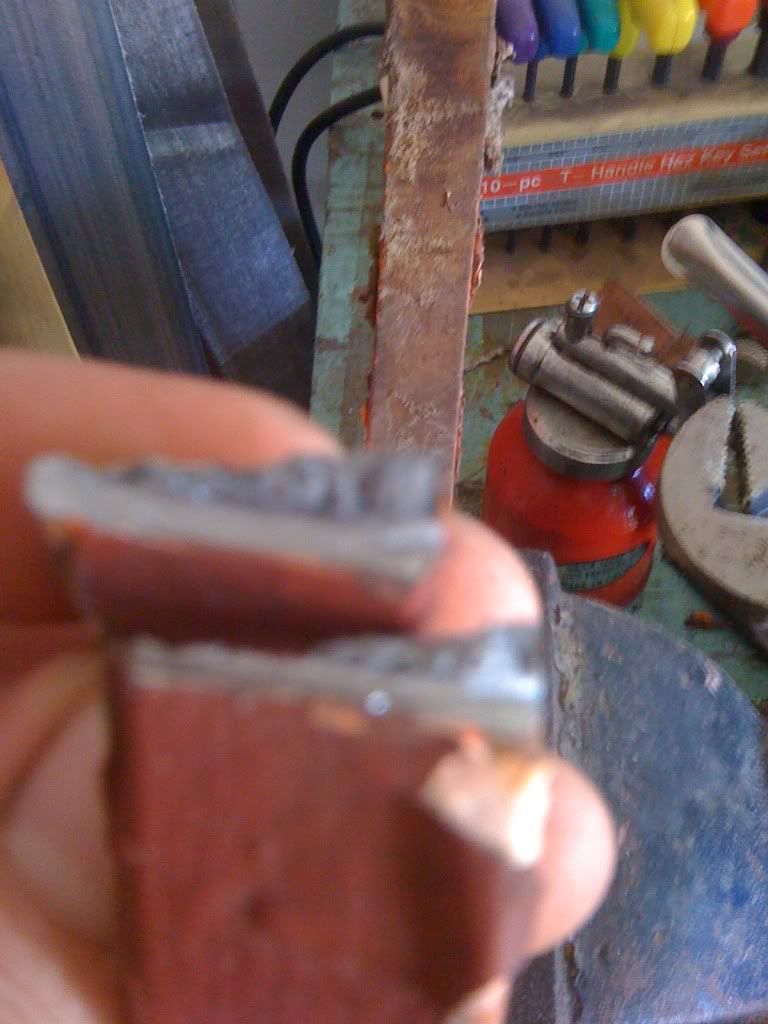Hello all, I hope this is the correct forum for this question, but what type of steel is the iron band around an iron tired wagon wheel? I'm talking about the wide band circling the whole wheel - is it low carbon or high carbon? Would it be similar to a car spring (I understand a CTS - Chevy Truck Spring - is a lot like 5160? Similar to the coil springs under cars.
I've got a short section of this iron band - seems pretty hard, when grinding it throws a fairly orange spark, and looks a lot like the spark thrown by a spring steel. Comparing to a piece of 1095 the sparks look about the same, but different than a coil spring when ground.
I'm very new to this and hate to ask a question that might be out of place, but I never know unless I ask.
Thank you all for any info,
Ken H>
I've got a short section of this iron band - seems pretty hard, when grinding it throws a fairly orange spark, and looks a lot like the spark thrown by a spring steel. Comparing to a piece of 1095 the sparks look about the same, but different than a coil spring when ground.
I'm very new to this and hate to ask a question that might be out of place, but I never know unless I ask.
Thank you all for any info,
Ken H>





